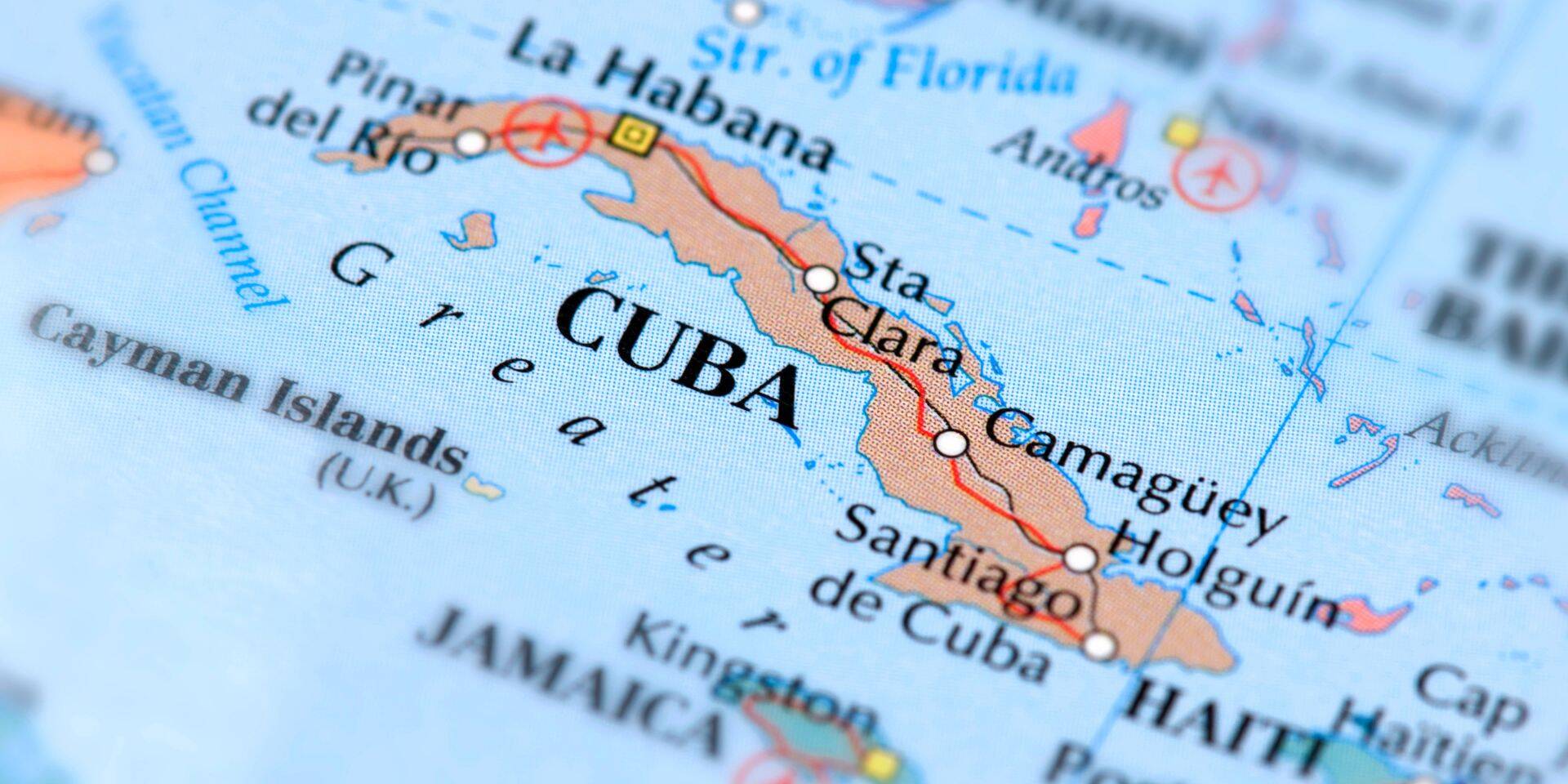The H-1B Lottery registration period has now ended. USCIS is expected to announce those selected in the FY 2023 H-1B Cap by March 31, 2022. As you wait for the lottery results, you may be feeling uncertain, anxious, or confused about your next steps if your registration is not picked. However, you should know that you have options. This article provides a comprehensive guide regarding the H-1B alternative options available to you if you aren’t selected in the first round, so you are prepared regardless of the results.
Possibility of Later Selection Rounds
First and foremost, if you are not picked in the first round, there is a possibility you could still be selected in the FY 2023 H-1B cap, during a second or subsequent round. In 2021, for the FY 2022 H-1B Cap, UCSIS conducted three rounds of selections. The second-round selections were announced in July, with a third-round announced in November. Every year since USCIS moved to the registration system, there have been at least two rounds of selections. As such, a second selection round remains likely for FY 2023, meaning you could still be selected later this year. If so, H-1B remains a possibility for you. ILBSG will diligently update clients on any subsequent selection rounds.
Continued Higher Education
If you are currently in the U.S. on F-1 status and you are not selected in the H-1B Cap, one H-1B alternative option is to continue pursuing higher education. If you have already graduated, you can continue to work on OPT until it expires. If you are eligible for the 24-months STEM OPT extension, that allows you additional time to continue working in the U.S. until you can apply again under the next H-1B Cap.
If you are approaching the expiration of your OPT and/or STEM OPT, you can consider enrolling in a higher degree program to continue your education and possibly continue working in the U.S., until you secure an H-1B or other nonimmigrant worker status. If you already have a master’s degree, this means a Ph.D. or higher program. It is very important that you transfer into a higher degree program if you want to participate in further practical training. USCIS permits 12 months of practical training at each degree level (with the exception of the 24 months STEM OPT extension), so if you have already exhausted these 12 (or 36) months at the master’s degree level, you will need to enroll in a higher degree program to participate in further practical training. If you enroll in a second master’s degree program and participate in practical training again (including CPT), you will be ineligible for a change of status later since USCIS will find you have not maintained your F-1 status. Once you have exhausted the available practical training at each degree level, you must change degree levels to participate in further CPT or OPT. Otherwise, USCIS will find a violation of status.
Continuing your education will allow you to remain in the U.S. (and possibly work if your new program of study permits it) until you can apply in the H-1B lottery again next year. If you pursue this route, we recommend speaking with an immigration attorney to ensure you are maintaining your F-1 status and that any practical training is permitted, to ensure a seamless change of status in the future.
Opportunities with Cap Exempt Employers
Another option is to seek employment with a cap-exempt employer. Some employers do not have to file under the H-1B Cap, including institutions of higher education, related or affiliated nonprofit entities, nonprofit research organizations, and government research organizations. If you can secure employment with a cap-exempt employer, you will not be subject to the H-1B Cap.
Once you are working on H-1B for a cap-exempt employer, if you want to transfer to a cap-subject employer, you will need to file under the H-1B Cap in a subsequent year. You cannot move from a cap-exempt employer to a cap-subject employer without filing under the H-1B Cap. In other words, once you hold H-1B status with a cap-exempt employer, you can only transfer to other cap-exempt H-1B employers. However, there is an important exception for part-time work, when filed concurrently while you are working for an H-1B cap-exempt employer.
Specifically, USCIS has stated that an employee who is employed at a cap-exempt institution may seek secondary employment with a private industry cap-subject employer on a concurrent basis, clarifying that by virtue of the existing cap-exempt H-1B, any secondary H-1B employment would similarly be considered cap-exempt. This means that if you secure employment with a cap-exempt institution, you can work part-time on a concurrent H-1B basis with a cap-subject employer. This exception for concurrent employment is very useful, as it would allow you to work part-time for the cap-subject employer in the meantime until you are selected in an H-1B lottery and can join the cap-subject employer on a full-time basis down the road.
Country-Specific Options – U.S. Qualifying Treaties
There are several country-specific options available, based on treaties with the U.S. Specifically, there are options for nationals of Singapore and Chile (H-1B1 visa), nationals of Canada and Mexico (TN visa), and nationals of Australia (E-3). There are also treaty trader (E-1) and treaty investor (E-2) visas available for foreign nationals with qualifying treaties with the U.S. These options are explained in further detail below:
H-1B1
The H-1B1 visa is an option available to nationals of Chile and Singapore. Similar to the H-1B, the H-1B1 requires that the position is a specialty occupation and that the applicant must have at least a bachelor’s degree or higher. There are 1400 visas available annually for Chileans and 5400 for Singaporeans. An H-1B1 does not require a petition filed with USCIS. Rather, an H-1B1 applicant can apply directly at the consulate for the visa using a certified LCA. One of the primary differences between H-1B and H-1B1 is that H-1B allows for dual intent (meaning you do not have to prove you intend to return to your home country) while H-1B1 does not. As such, a successful H-1B1 visa application must show that the applicant does not intend to stay in the U.S. and will return to their home country at the conclusion of the H-1B1 employment. H-1B1 visas are generally issued in one-year increments, rather than 3 years.
TN
The TN visa is available for nationals of Mexico and Canada who are coming to the U.S. to engage in business activities at a professional level. The types of professions which qualify include accountants, engineers, lawyers, pharmacists, scientists, and teachers. To qualify for this visa, an applicant must be a citizen of Mexico or Canada, coming to the U.S. to participate in a qualifying profession, and hold the required degree and credentials for that position. The TN visa allows for an initial period of stay for 3 years, which can be renewed indefinitely.
E-3
The E-3 visa applies only to nationals of Australia. Like H-1B, this classification requires evidence the position is a specialty occupation, meaning a position that requires a bachelor’s degree or higher in the specific specialty. An E-3 applicant must also prove they are qualified to perform services in the specialty occupation. An E-3 can be filed in the U.S. with USCIS requesting a change of status or the applicant can apply for the visa directly at the consulate using a certified LCA. E-3 allows for an initial period of stay of 2 years, with 2-year extensions after that without limit.
E-1 & E-2
There are also visas available for investors and traders who are nationals of certain countries with qualifying treaties with the U.S. You can check if your country is a member of a qualified treaty here.
E-1 is for treaty traders. To qualify for E-1, you must be a national of one of the treaty countries, carry on substantial trade, and carry on principal trade between the U.S. and the treaty country which quailed you for E-1 classification. For E-2, which is reserved for treaty investors, you must be a national of a country which the U.S. maintains a treaty of commerce and navigation with, have invested, or are actively in the process of investing a substantial amount of capital in a bona fide enterprise in the U.S., and be seeking to enter the U.S. solely to develop and direct the investment enterprise. E-1 and E-2 classification allow for an initial period of stay of 2 years, with 2-year extensions after that.
Work Remotely Abroad
If you are not eligible for any of the county-specific options and you do not want to pursue further education in the U.S., another option may be to work remotely for the U.S. employer from abroad. In the Covid-19 era, remote work is increasingly more common, so this may be an option while you wait to apply in another H-1B Cap. While obviously not the ideal option, there is still a lot of value for working remotely abroad for a U.S. company. For instance, depending on the corporate structure of the company, certain qualifying employment could also provide other options down the road, such as L-1 status.
Other Nonimmigrant Visa Options
L-1
An L-1 visa allows multinational companies to transfer a manager, executive, or employee with specialized knowledge to a qualifying organization in the U.S. For companies with a foreign and domestic U.S. presence, this can be an attractive H-1B alternative option for bringing existing resources to the U.S. since the L-1 visa is not subject to an annual cap or lottery like the H-1B visa.
There are two types of L-1 visas: L-1A and L-1B. The L-1A visa allows for the transfer of managers and executives, while the L-1B allows for the transfer of employees with specialized knowledge. In order to take advantage of the L-1 visa, the sponsoring employer must be a multinational company maintaining both a foreign and a domestic presence. Further, the U.S. and foreign entities must share a qualifying corporate relationship (parent, branch, affiliate, or subsidiary). Finally, the multinational company must be presently doing business in the U.S. or planning to be in the near future.
In order to qualify for L-1A, the intracompany transferee must be coming to the U.S. to work in an executive or managerial position. To be considered a manager, the transferee must actively manage a division of the company and its personnel. The manager should supervise and control the work of other professional employees or low-level managers – first-line supervisors do not typically qualify.
In order to qualify for L-1B, the transferee must be engaged in work requiring specialized knowledge. Specialized knowledge is the knowledge that surpasses the usual knowledge of an employee in the same field gained through “significant prior experience” with the company.
O-1A Visa
Another H-1B alternative option is the O-1A visa. O-1A visas are generally reserved for individuals who have extraordinary ability in the sciences, arts, education, business, or athletics.
To qualify for an O-1A visa, you must demonstrate that you have an extraordinary ability, evidenced by sustained national or international acclaim and that you are coming to the United States temporarily to continue work in the area of extraordinary ability. “Extraordinary ability” for O-1A purposes means a level of expertise indicating that you are one of the small percentages who have arisen to the very top of the field. An O-1A is granted an initial period of stay of up to three years, with extensions available in one-year increments. While it is more difficult to qualify for O-1A, since these visas are reserved for only those with extraordinary ability, if you qualify for O-1A, this is a better option than H-1B. First, there is no numerical cap for O-1A visas. Further, if your O-1a is approved, it may help establish a basis later for an EB-1 green card application.
Direct Green Card Processing
Most employees work in the U.S. on a nonimmigrant visa before they are sponsored by a U.S. employer for a green card. However, it is possible for a U.S. employer to file the green card directly, without first employing the beneficiary on H-1B status. This option will work best for foreign workers who have a master’s degree or bachelor’s degree + five years of experience, who are nationals of a country other than China or India. Because India and China have such significant wait times for a visa number to become available, this option is not as practical for applicants from those countries. For others, however, direct green card sponsorship may be a valuable H-1B alternative option to avoid the obstacles presented by nonimmigrant visa processing and provide an immediate pathway to permanent residence in the U.S.
Conclusion
We know it can be discouraging if you aren’t selected in the H-1B Cap. The waiting period between registration and selection announcements can be particularly nerve-racking. However, if you aren’t picked, you should remember you will have other H-1B alternative options. Using an experienced immigration attorney is a great way to explore those alternative options, as an attorney can assess your individual situation and advise you what may be possible.
At ILBSG, we are here to help. If you’re interested in exploring H-1B alternative options and different routes to live and work in the U.S., please reach out to an ILBSG attorney today.
Related Posts
April 2, 2025
Judge Rules Venezuelans Can Temporarily Keep TPS Protections
A federal judge temporarily halted the…



